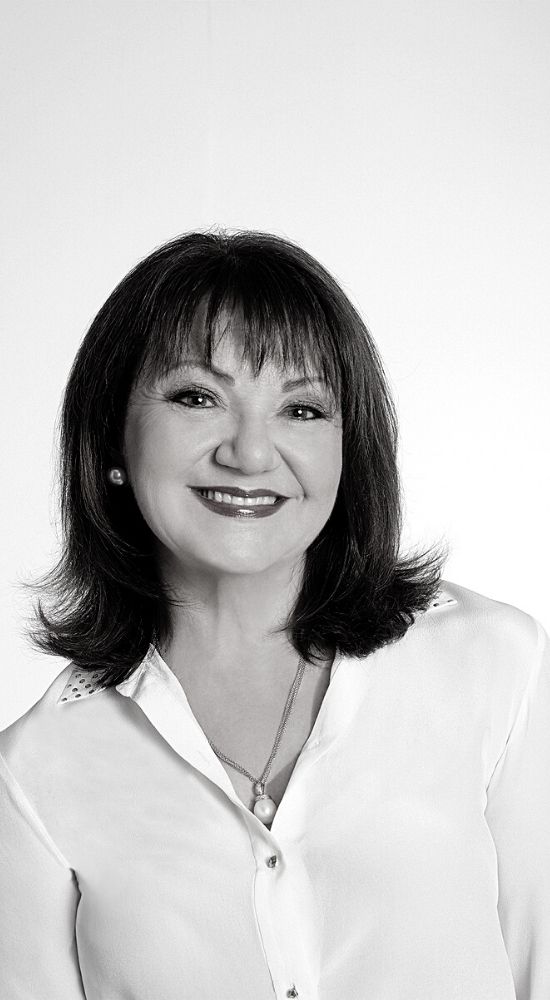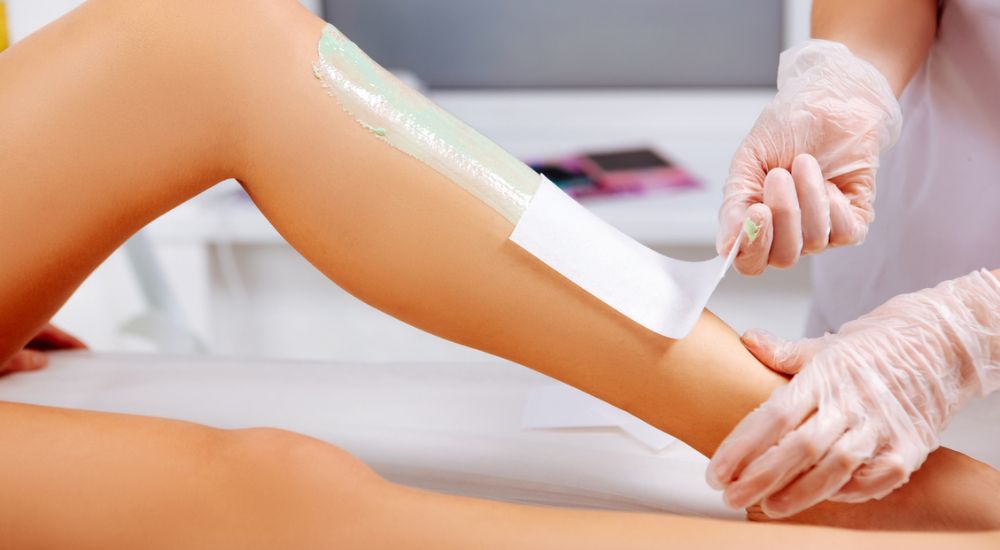With the growth of hair removal techniques constantly changing Anita Quade chats to Lycon’s Lydia Jordane about the evolving journey of waxing.

Hair removal has been around since times immemorial. Centuries ago, the early Egyptian civilization used sugar wax and beeswax to remove hair all over their bodies. It is also evident that other Middle Eastern countries used hair removal techniques as a way of staying clean and fresh in the extreme climatic conditions of the region. Body odour and parasites were common in such conditions and hair removal was an effective way to avoid such problems. Even the Romans were known to be a fan of hair removal as it was thought to be a sign of wealth and class.
Hair removal began with the sugaring technique
Sugaring was a frequently used technique in the past and still is a popular hair removal technique in Arab countries, with just about every household blending their own version of sugar paste for hair removal. The mixture is usually made of sugar, lemon juice and water to create a paste, which is rubbed over the skin to remove unwanted hair. While the ingredients used to create the mixture are generally natural, the end result can be harsh on the skin or not so effective in removing all hairs. In more recent years, the Arab population switched to using popular depilatory waxes, which they report to be more gentle and easier to use, as the sugaring method can be somewhat problematic on the hands, considering the pressure and hand positioning required to do sugaring on large areas.
Depilatory wax
This first became available in France in the early 1930s and people, especially women, quickly developed a fondness for waxing because it was simple, hassle-free with a longer-lasting result than other hair removal methods they were used to. As such, the waxing market grew at a tremendous rate and there were all kinds of innovations and experiments. Within the next 30 years after the first commercial wax was manufactured, almost every other variant of wax that you see on the market today, including hot wax and strip wax, was being marketed. Although in many areas, the removal of body hair was considered taboo and not the done thing for women of quality and with modesty.
The wax dilemma
As such, even though waxes were available in earlier days, the formulation of wax in itself was far from perfect. It was messy often inconvenient as they were mostly too hot for the skin and therefore unsafe for many reasons. The problems that arose due to inferior wax quality caused skin blemishes, dark skin marks and the heat of the wax did not stop it from being brittle and uncomfortable on the skin. There was also crystallization which made the wax in fact more difficult to use and generally useless. However, in the past few decades, big players in the industry have been constantly innovating and finding solutions to overcome the general waxing problems with much success for some and not for others. The general needs of depilatory waxes are that the formulas are safe and gentle on the skin and even the planet.
Waxing trends on the rise
The waxing industry has a dynamic market, that is constantly evolving and is often fun. Fashion and consumer interests and concerns contribute to this changing landscape, where a new trend takes the market by storm one day, only to be replaced by something else the next day. And yet, some brands have remained popular and in great demand and popularity for decades.
In earlier days, people turned to waxing treatments only on special occasions. Typically, waxing was seen as an uncomfortable experience which needed to be done quickly and hopefully efficiently. However, today, there is a full gamut of waxing experiences available; from self-efficient DIY waxing, all the way to costly, indulgent spa-like waxing treatments. It is fast becoming a trend for beauty therapists to create a full-body experience to help relax and soothe their clients. Using some creativity, a waxing treatment is something that clients can enjoy, just like a massage or facial. For example, by placing a beautiful bowl filled with flowers and calming aromatherapy oils in the room, and letting the client change into a comfortable robe, a beauty therapist can create an inviting and comfortable environment. Waxing is shifting from solely being a necessity and a bit uncomfortable, to increasingly becoming an indulgent act of self-care, where the experience is just as important as the outcome.
Easy accessibility
Waxing has also become more accessible and affordable. With industry growth, and the emergence of a more knowledge-driven consumer, plus technological innovation and developments, waxing is now accessible to virtually everyone, even those who are stuck at home due to COVID-19. People can choose to have a waxing treatment by a professional, or simply do it themselves at home. Convenient and easy-to-use home waxing kits, like LYCON’s Wax-cellence range, make it possible for novices to wax themselves in the comfort of their own homes, whilst achieving great results. As such, there are various online resources where beginners can watch and learn tricks and techniques that would lead them to waxing like a pro. However, not everyone will do their own waxing at home, but prefer to go to a salon for a more comfortable and professional service, as it has been known for home waxers to damage their bed sheets or carpets, or even bruise themselves.
New formulations
In addition, depilatory wax formulation has been upgraded even more in recent years, which has made waxing in the salon even better and more convenient. With a focus on making waxing not only more comfortable and efficient, but also a mess-free practice, with more emphasis on safety and hygiene. For example, LYCON Strip Wax Cartridges were developed to apply wax with a single glide, whilst achieving a non-sticky finish. The streamline, leak-proof cartridge design ensures application is quick and easy, the workstation stays clean, and no spatulas are used.
The forecast
In a nutshell, the waxing industry is growing steadily and is still a long way from reaching its saturation point in new developments of products and techniques. Several unique trends are emerging in 2022, like the rise of male waxing which has not fully been explored yet, as well as the exponential growth of eyebrow waxing and shaping. The industry has a host of promising opportunities for everyone involved, and LYCON, Australia’s unsurpassed pioneering reputation on a global scale, with many ‘world first’ innovations over the 44 years in business, very much looks forward to continuing being a leader in the amazing ever-changing beauty industry.
To learn more, visit the Lycon website.
This article originally appeared in the March-April 2022 issue of Professional Beauty.
Read the current issue of our digital magazine here:
- For more news and updates, subscribe to our weekly newsletter
- Follow us on Instagram
- Like us on Facebook
- Join Australia’s largest network of beauty industry professionals on LinkedIn
- Subscribe to our print magazine
Have an idea for a story or want to see a topic covered on our site and in our pages? Get in touch at info@professionalbeauty.com.au.

